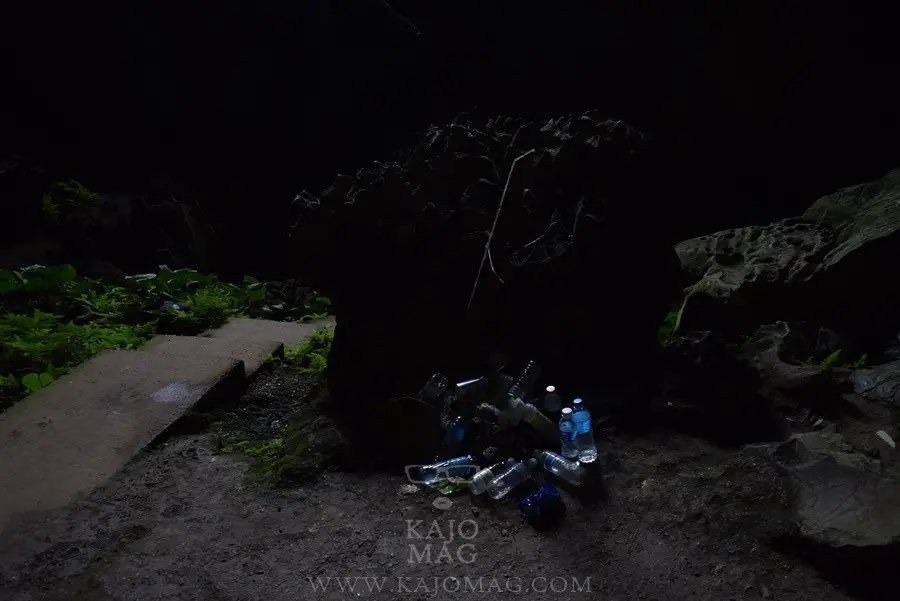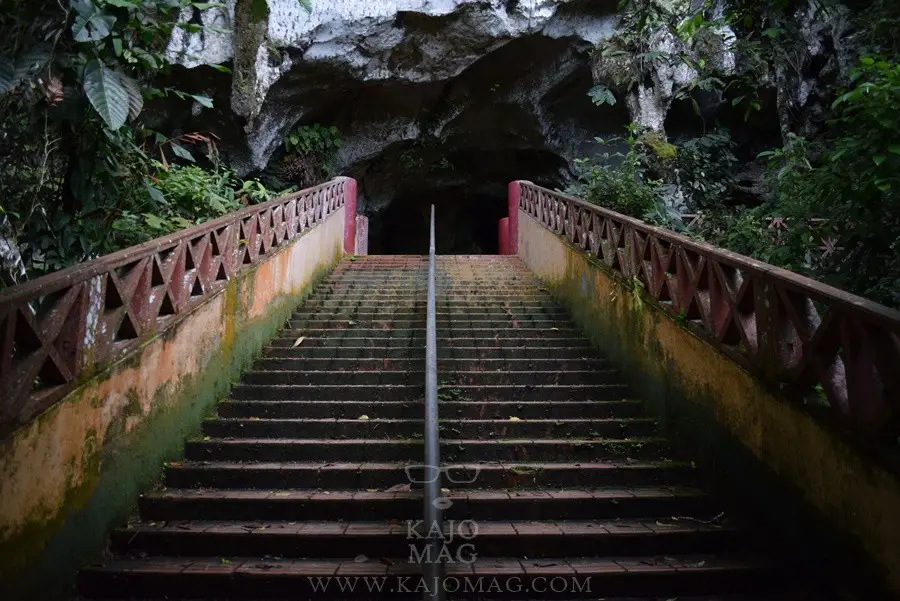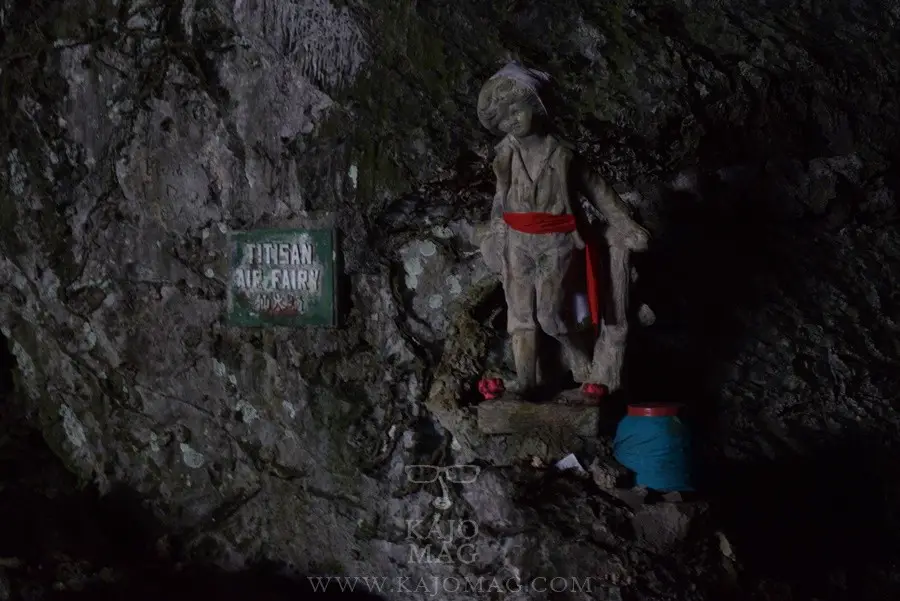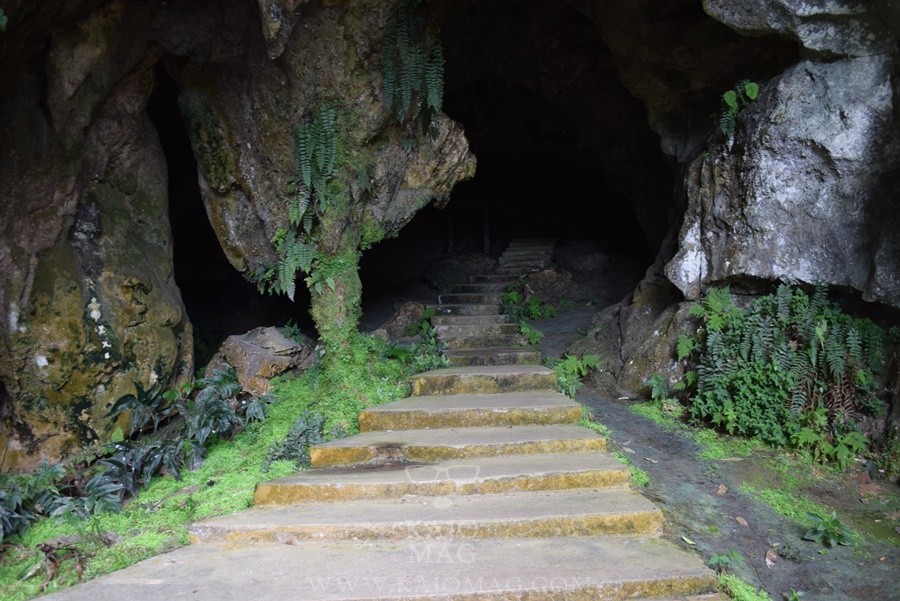
The Forbidden Fruits, an art installation of large woven fruits exhibited at Borneo744 as part of the Rainforest Fringe have been making the rounds on the Internet, especially Instagram.
Thanks to surreal lighting effects and creative application of different Sarawakian ethnic weaving styles and skills, the installation has been receiving many visitors since it was first opened to the public on July 7.
Forbidden Fruits, an art installation like no other

Looking at the project as a whole, it is a narration of the life-cycle of fruits from seeds to germination, from propagation to decay.
Each art piece was actually a woven craft made by several of Sarawak’s indigenous communities.
Altogether there were 60 uniquely woven ‘fruits’ making up the ensemble of Forbidden Fruits, a project which seeks to investigate the possibilities of expression through traditional rattan weaving, in order to restore that sense of meaningful in the modern context.
It is also set out to navigate the social acceptability and taboos as fruits when ripe is suitable for consumption but forbidden to consume almost at other stages.
This serves the question of why sex is still uncomfortable conversation to be had in public.

For non-artistic people who might not understand the poetic message behind the installment, the lighting and beautiful hand-crafted pieces make great background for photo-op.
Upon closer inspection, visitors might recognise some of Sarawak’s woven crafts such as the Iban ketapu tunjang (a hand woven rattan headgear with several pointed tops), an Orang Ulu ajat (rattan basket) and bubu (woven fish trap).

Ropes to give the impression of hanging roots, dried leaves and sawdust on the floor add to the feel that you’re stepping through the rainforest.
The Forbidden Fruits is a collaboration between Tanoti Crafts, Ranee Gift Gallery, Edric Ong, Keynote.Co, Justlight Enterprise and IDC Architects.
Rainforest Fringe Festival (RFF) visitors will be able to enjoy this installation for free till July 15 before it makes its Penang debut at George Town Festival this coming August.
About Rainforest Fringe Festival
Returning for the second time, Rainforest Fringe Festival aims to bring the best of Sarawak’s music, art, craft, film, photography, food and culture.
Held from July 6 to 15, the festival is held at different venues in Kuching including the Old Courthouse, Carpenter Street and Pullman Hotel.





































































































